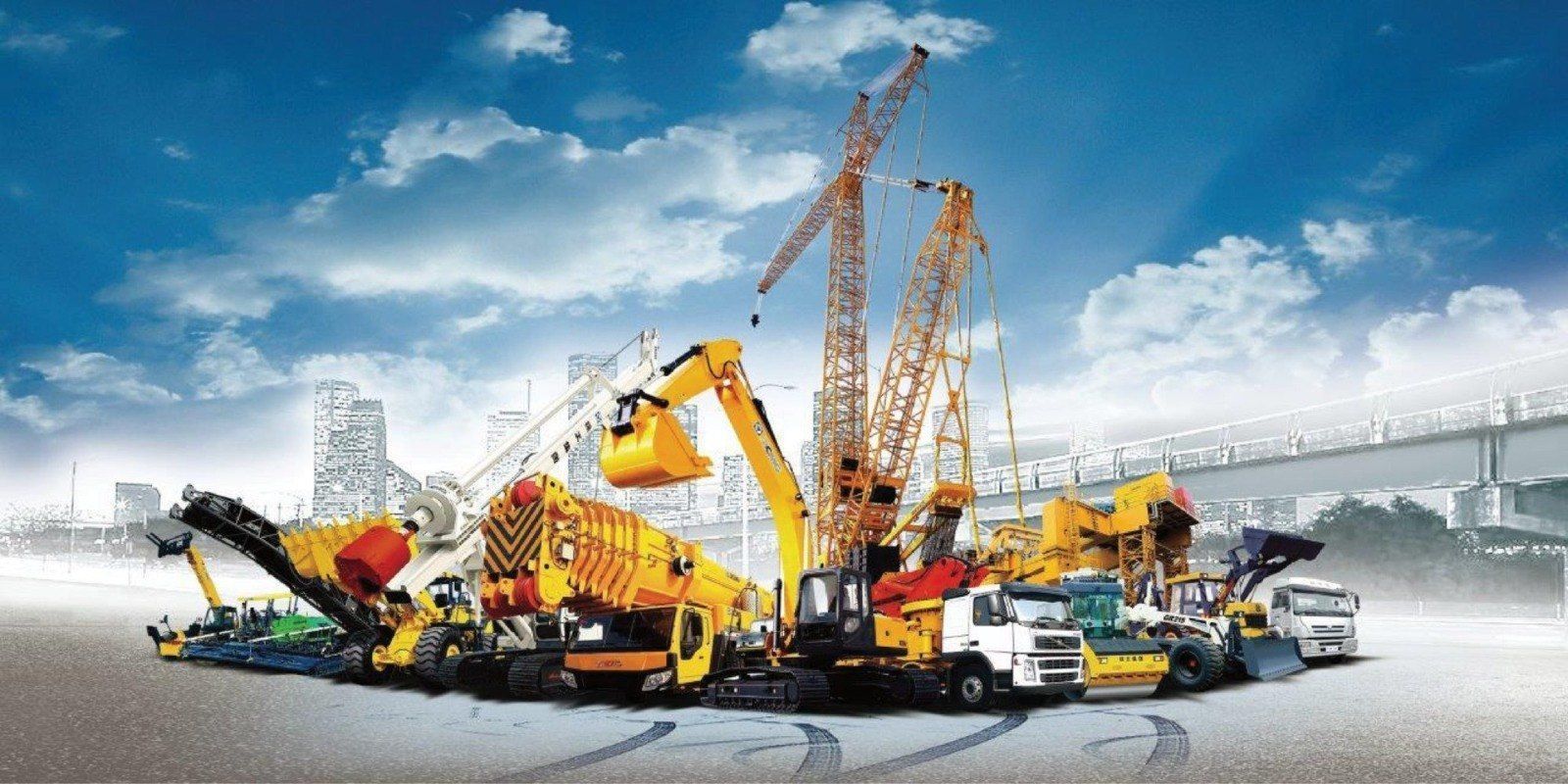Renting industrial equipment involves the temporary leasing of machinery, tools, or vehicles used in construction, manufacturing, warehousing, mining, or other heavy-duty industries. Businesses often rent excavators, bulldozers, forklifts, generators, compressors, cranes, and other specialized tools for specific projects instead of purchasing them outright.
The rental model exists to offer flexibility and cost-efficiency, especially for short-term projects or businesses that don't want to invest in expensive equipment they may not use frequently. The growth of the sharing economy, project-based work, and sustainability practices has further boosted the rental industry across global markets.

Why Renting Industrial Equipment Matters Today
Renting industrial equipment is becoming a strategic business decision due to several reasons:
-
Cost control: Buying heavy equipment involves a high upfront cost, ongoing maintenance, and depreciation. Renting helps manage budgets more efficiently.
-
Access to advanced technology: Rentals allow access to modern, up-to-date equipment without capital investment.
-
Flexibility: Businesses can scale operations up or down based on project needs.
-
Reduced storage and transport concerns: Rental providers often handle delivery, pickup, and storage logistics.
-
Risk reduction: Companies avoid long-term ownership responsibilities and reduce the risk of machinery becoming obsolete.
This approach benefits a wide range of industries including construction, oil & gas, infrastructure development, agriculture, and logistics. Even small businesses and contractors find rental services helpful when they need tools only for a limited time.
Recent Trends and Developments (2024–2025)
The industrial equipment rental market has seen notable growth and evolution in the past year:
-
Global growth: According to GlobalData, the global construction equipment rental market is expected to grow at over 5% CAGR from 2024 to 2028.
-
Digital platforms: Online rental portals and mobile apps like BigRentz (USA), RentEase (India), and Dozr (Canada) have gained popularity for real-time availability and transparent pricing.
-
Sustainability focus: More companies are opting for rental to support sustainability and reduce carbon footprints by avoiding underused equipment.
-
Electrification and automation: Rental companies are increasingly offering electric and semi-autonomous equipment, especially in urban areas and developed regions.
-
Customized rental packages: Providers are offering short-term, long-term, and pay-as-you-use models to suit varied business needs.
These trends reflect how the rental ecosystem is becoming more sophisticated and aligned with modern business operations.
Regulations, Compliance, and Safety Standards
The industrial equipment rental space is influenced by both national and regional laws, focusing primarily on safety, liability, and environmental compliance. Key areas include:
-
Licensing and insurance: Operators must be certified and insured. Equipment often comes with documentation about operator qualifications.
-
Safety inspections: Rented equipment must undergo periodic inspections and meet Occupational Safety and Health Administration (OSHA) standards in the U.S., or equivalent agencies in other countries.
-
Environmental laws: Equipment emissions must comply with national pollution standards. For example, the EU Stage V and U.S. Tier 4 emission standards apply to non-road diesel machinery.
-
Rental agreements: Contracts must clearly define liability, duration, maintenance responsibilities, and return conditions. Legal templates often ensure fair practice and compliance with consumer protection laws.
-
Government initiatives: In countries like India, the Ministry of MSME encourages equipment rental to support small contractors. Some regions also offer tax deductions or subsidies for using low-emission machinery.
Businesses must ensure they review all compliance requirements to avoid legal issues during equipment use.
Useful Tools, Platforms, and Resources
To make renting industrial equipment easier, several digital tools and platforms have emerged, offering planning support, pricing insights, and booking management.
Top Online Equipment Rental Platforms
| Platform | Country | Key Features |
|---|---|---|
| BigRentz | USA | Wide inventory, online booking |
| Dozr | Canada | Contractor-friendly interface |
| RentEase | India | Real-time availability, multi-city |
| Boels Rental | Europe | Industry-specific tools |
| Kwipped | Global | Multi-vendor comparison tool |
-
Cost calculators: Most rental platforms offer cost estimation tools based on equipment type and duration.
-
Mobile apps: Some apps offer tracking, rental history, and maintenance alerts.
-
Project planning tools: Platforms like Buildertrend and Procore integrate equipment management into broader construction workflows.
-
Templates: Free rental agreement templates are available on legal sites such as LawDepot or Rocket Lawyer.
These resources are particularly useful for small and medium enterprises with limited internal procurement capacity.
Frequently Asked Questions (FAQs)
Q1: What types of industrial equipment are commonly rented?
A: Common rentals include excavators, skid steers, loaders, cranes, compressors, generators, and forklifts. Specialized tools like trenchers, aerial lifts, and industrial vacuums are also available depending on industry needs.
Q2: How is rental cost typically calculated?
A: Rental costs are usually based on daily, weekly, or monthly rates. Factors like equipment type, location, usage hours, and duration of rental influence the final cost. Delivery and fuel charges may be extra.
Q3: What should I check before renting equipment?
A: Always verify the equipment’s maintenance history, safety certifications, insurance coverage, and condition. Read the rental agreement carefully for clauses on damage, return, and penalties.
Q4: Can I rent without a certified operator?
A: While some tools are DIY-friendly, heavy machinery like cranes or boom lifts often require certified operators. Some rental services also provide trained personnel for an extra fee.
Q5: Is it better to rent or buy industrial equipment?
A: It depends on usage frequency. For short-term or seasonal needs, renting is more cost-effective. If the equipment is used daily for years, ownership may offer better ROI. A cost-benefit analysis can help decide.
Conclusion: Making Smarter Equipment Decisions
Renting industrial equipment is a practical solution for businesses looking to remain agile, efficient, and cost-effective. From reducing upfront investments to gaining access to advanced machinery and support services, the rental model suits a wide range of industries and projects.
As the sector evolves with digital platforms, eco-friendly machinery, and flexible pricing models, businesses are encouraged to explore all options before making procurement decisions. Reviewing legal requirements, comparing providers, and using the right digital tools can help streamline the rental process and avoid common pitfalls.
Whether you're a construction contractor, factory manager, or logistics operator, understanding the basics of equipment rental puts you in a better position to manage resources effectively now and into the future.

